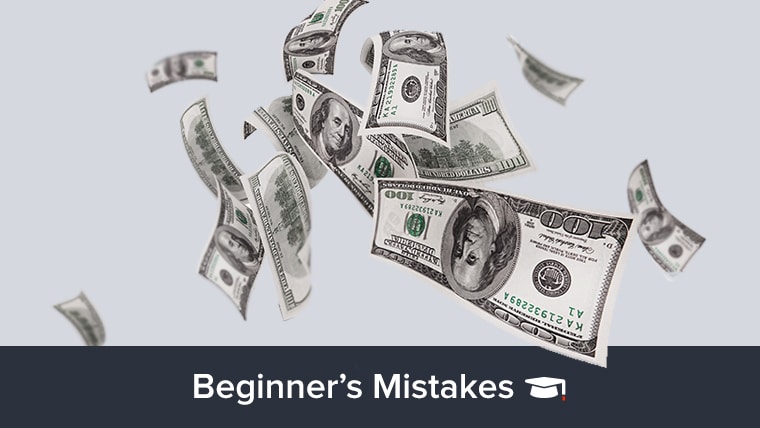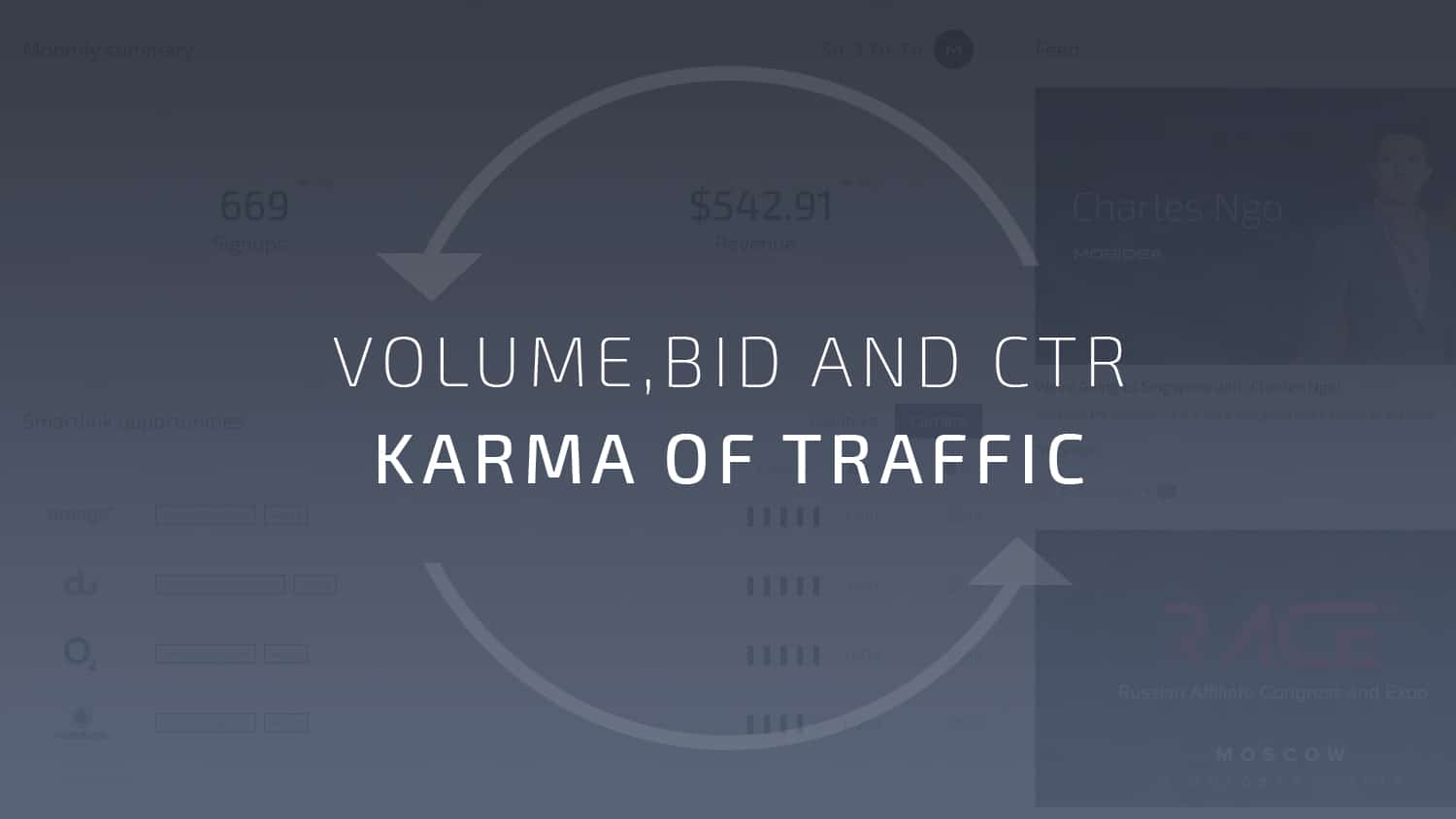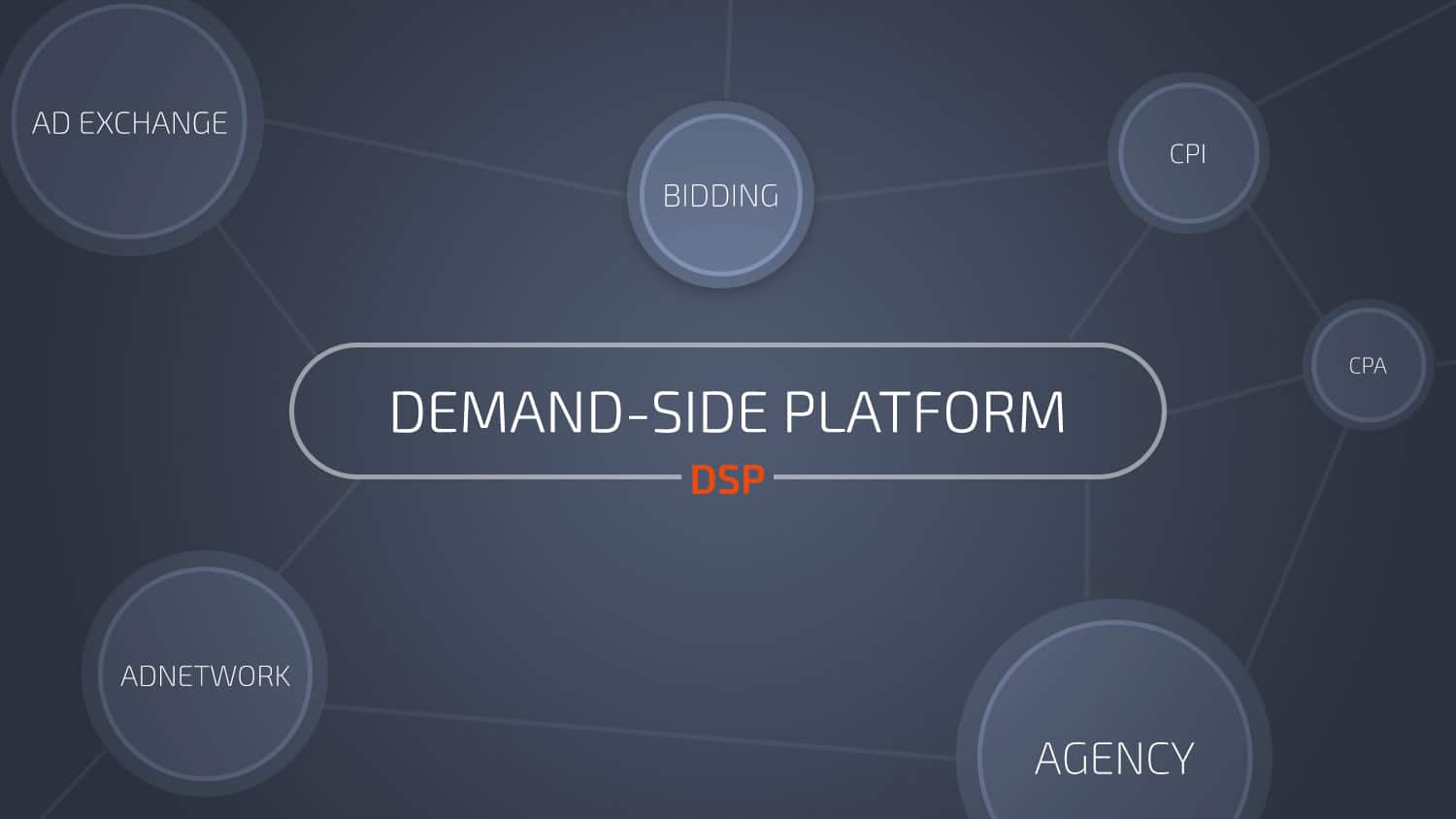You are currently in the "Semi-Advanced" - Learning paths
1


Media Buying Beginner’s Mistakes – Part 1 of 5
5 min read
2


Media Buying Beginner’s Mistakes – Part 2 of 5
6 min read
3


Correlation Between Volume, Bid and CTR: Karma of Traffic
3 min read
4


Trail the Unexplored Path – Explore Gold Mines
5 min read
5


How I Cash In on Obscure GEOs and Low-Volume Placements
3 min read
6


What is a DSP (Demand-Side Platform)? – A Complex New World
7 min read
7


What is a Supply-Side Platform, or SSP in Advertising?
4 min read
8


Optimization 101: How to Build a Profitable Mobile Pops Campaign
10 min read

